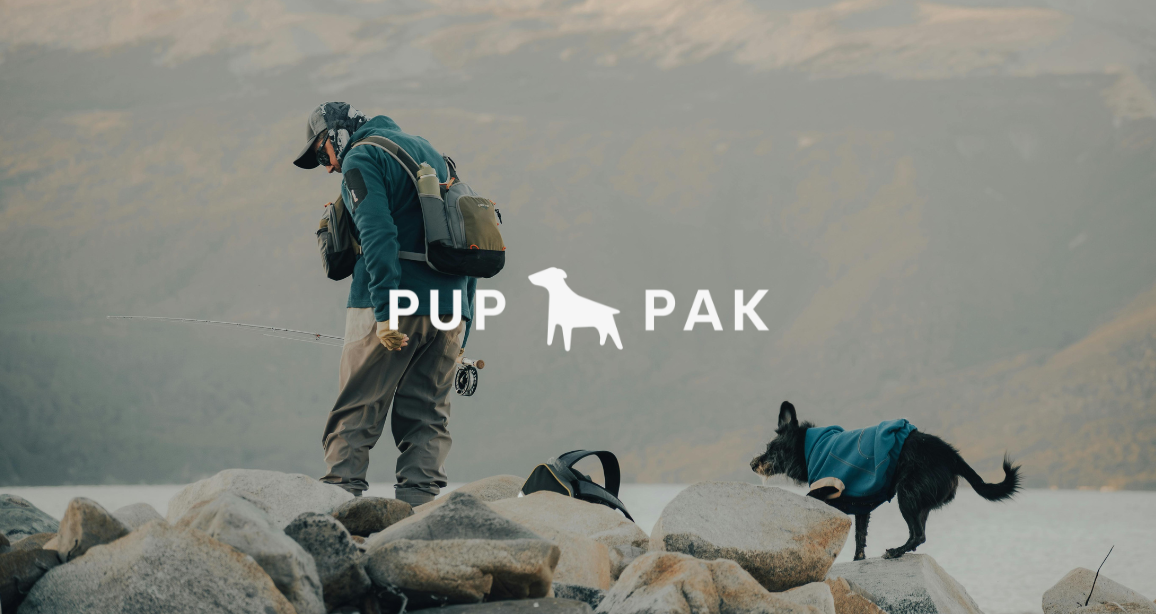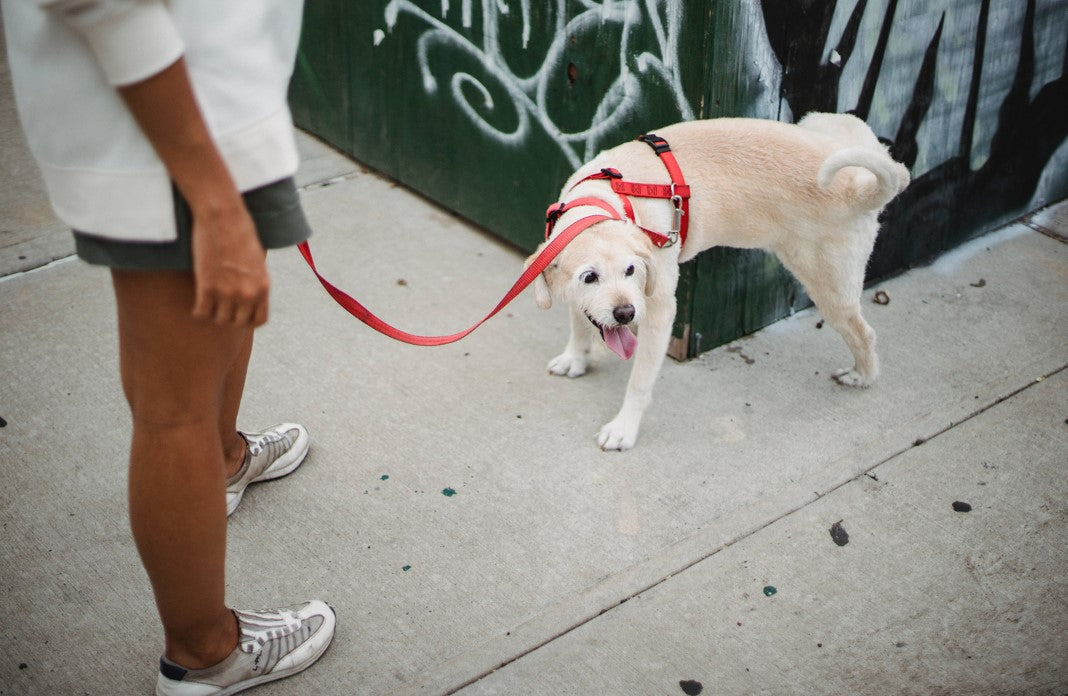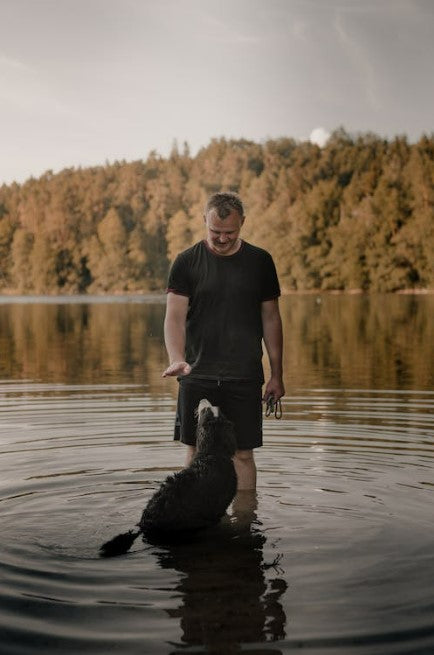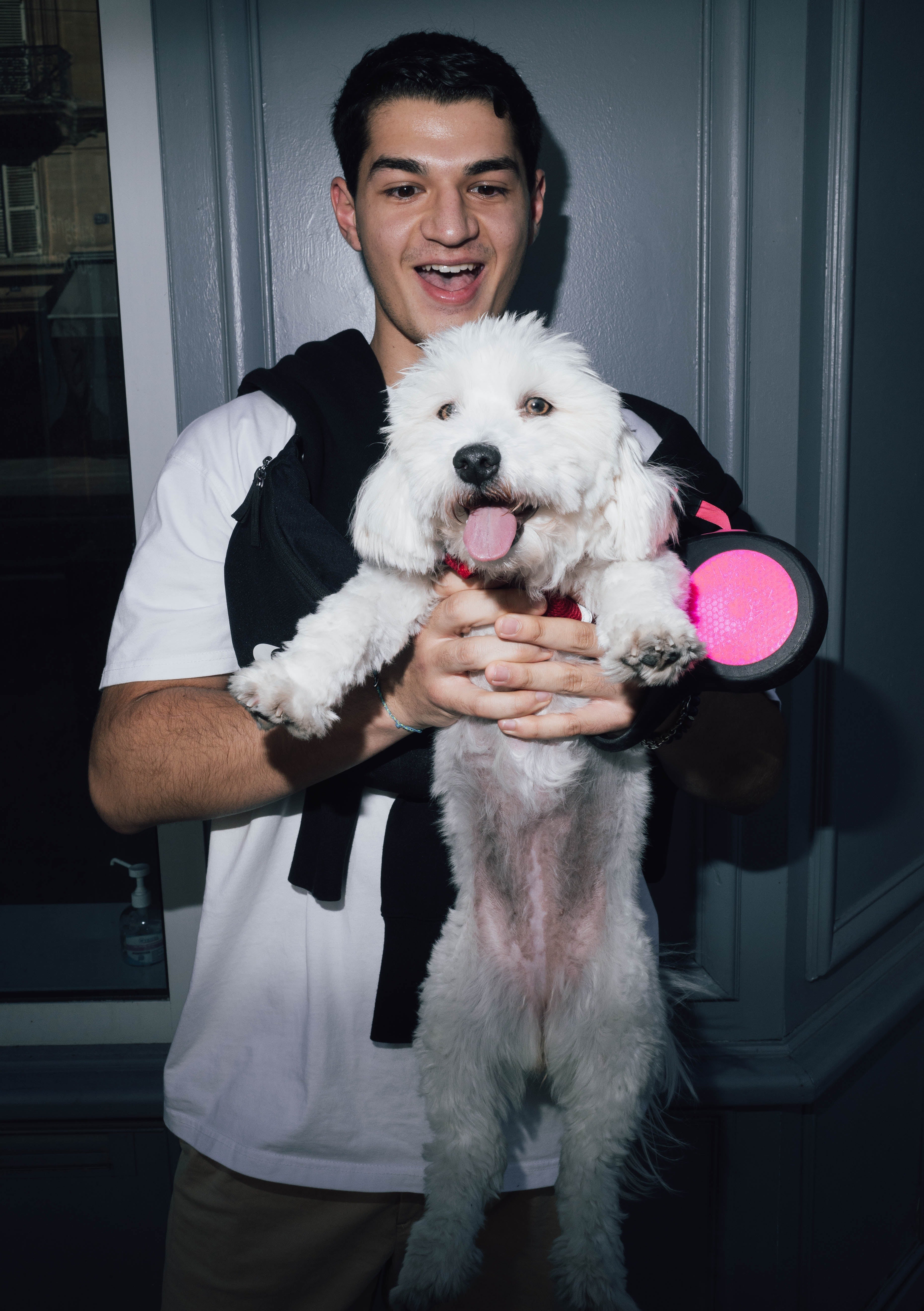Bringing a new furry friend into your home is an exciting and rewarding experience, but it also comes with its fair share of challenges, one of which is potty training. While it might seem like a daunting task, with the right approach and a little patience, you can successfully potty train your pup and create a harmonious living environment for both you and your four-legged companion.
Understanding the Basics: Why Potty Training Matters
Potty training is a fundamental aspect of responsible dog ownership. Not only does it help maintain a clean and hygienic living space, but it also fosters a strong bond between you and your dog. A well-trained pup is more confident, comfortable, and less likely to develop behavioral issues down the road.
1. Start Early and Be Consistent
The key to successful potty training is to start as early as possible. Whether you're adopting a young puppy or an older dog, consistency is paramount. Create a routine that includes regular feeding times, bathroom breaks, playtime, and rest. This consistency will help your dog understand when it's time to go outside.
2. Choose a Designated Potty Area
Identify a specific spot in your yard where you want your dog to relieve themselves. Consistently taking them to this area helps them associate that spot with potty time. The scent left behind will also remind them where it's appropriate to go.
3. Positive Reinforcement
Reward your dog with praise, treats, or playtime when they potty in the designated area. Positive reinforcement reinforces the desired behavior and makes your dog more likely to repeat it. Remember, dogs thrive on positive interactions.
4. Recognize the Signs
Learn to read your dog's body language. Pacing, circling, sniffing, or whining could indicate that they need to go. By recognizing these signs, you can quickly guide them to the designated potty area.
5. Timing is Everything
Take your dog out first thing in the morning, after meals, after playtime, and before bedtime. Puppies have smaller bladders and may need more frequent bathroom breaks.
6. Supervision and Crating
When you're unable to supervise your dog, consider crate training. Dogs instinctively avoid soiling their sleeping area, so a properly sized crate can help prevent accidents indoors. However, never leave your dog in a crate for extended periods.
7. Patience is Key
Remember that accidents will happen, especially during the initial stages of training. Avoid punishment, as it can create fear and hinder the training process. Instead, clean up accidents calmly and thoroughly to remove any lingering scent.
8. Consistent Cleanup
Use enzymatic cleaners to thoroughly clean any accident spots indoors. These cleaners break down the odor-causing molecules and prevent your dog from revisiting the same spot.
9. Transitioning to Outdoor Pottying
As your dog becomes more reliable with outdoor potty breaks, gradually expand their access to the rest of the yard or other outdoor areas.
10. Seek Professional Help if Needed
If you encounter persistent challenges or feel overwhelmed, don't hesitate to seek guidance from a professional dog trainer or behaviorist. They can provide tailored advice and strategies to address specific issues.
In conclusion, potty training your dog requires time, patience, and dedication, but the rewards are well worth the effort. By establishing a consistent routine, using positive reinforcement, and understanding your dog's cues, you can successfully potty train your furry companion and set the stage for a happy, healthy, and well-behaved lifelong relationship. Remember, every dog is unique, so be adaptable and enjoy the journey of training your new best friend!






Leave a comment
All comments are moderated before being published.
This site is protected by hCaptcha and the hCaptcha Privacy Policy and Terms of Service apply.